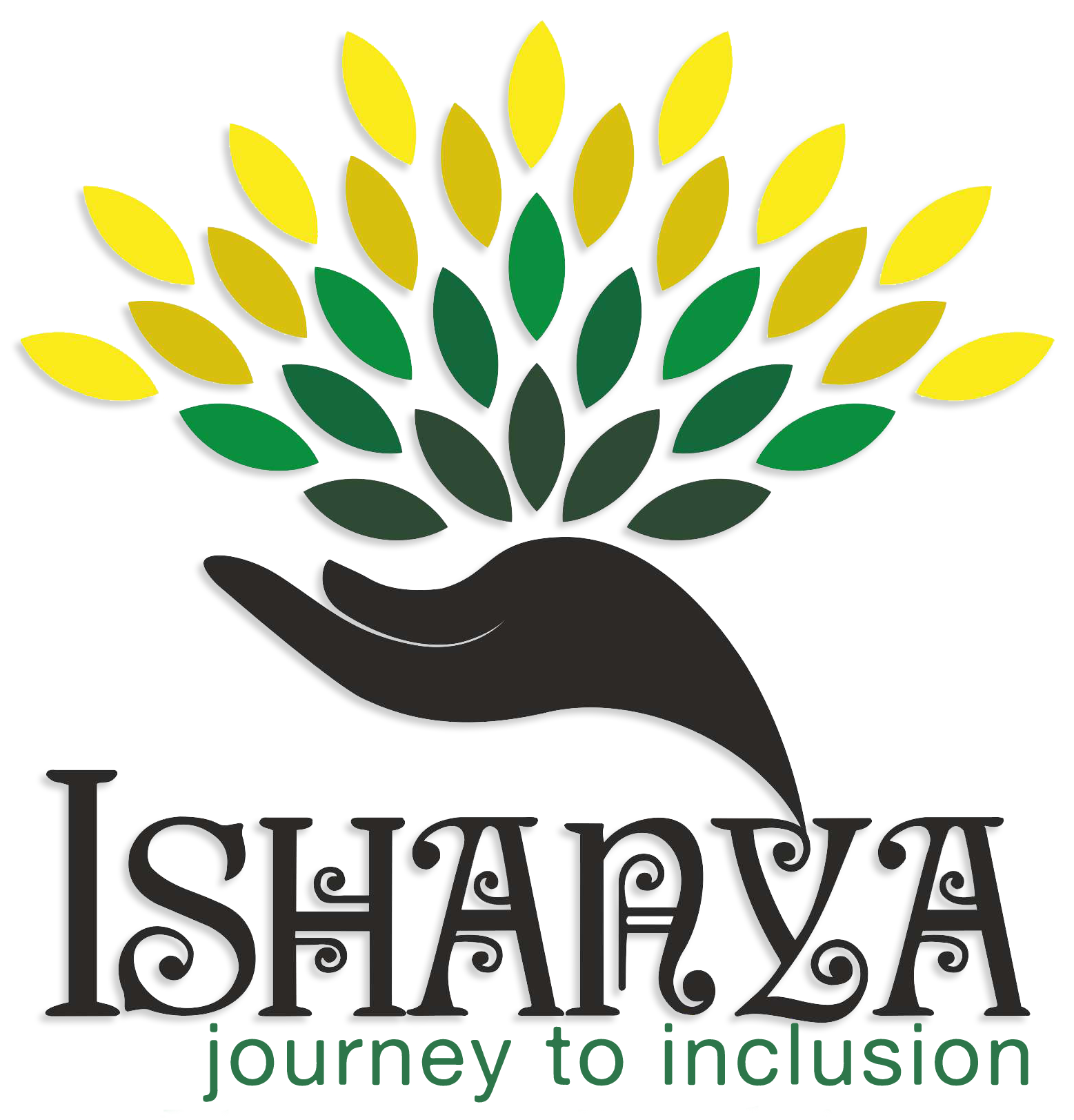Accessible Information and Communication Technologies(ICTs) can level the playing field for individuals with special needs across life domains including education, employment, and economics.
 Inclusion is a relentless journey not just within but socially and economically. Digital technologies have not only reduced the traditional hurdles of communication, interaction, and access to information but made way for many promising opportunities. There is substantial research evidence suggesting that individuals with special needs have a healthy affinity with digital technologies. Some of the barriers which individuals with special needs face are poor cognitive skills, with difficulty in remembering, following instructions, comprehending, communication, speech and motor impairments.
Inclusion is a relentless journey not just within but socially and economically. Digital technologies have not only reduced the traditional hurdles of communication, interaction, and access to information but made way for many promising opportunities. There is substantial research evidence suggesting that individuals with special needs have a healthy affinity with digital technologies. Some of the barriers which individuals with special needs face are poor cognitive skills, with difficulty in remembering, following instructions, comprehending, communication, speech and motor impairments.
Information and Communication Technology (ICT) significantly enables inclusion of individuals with special needs due to the benefits it offers, such as multiple channels to access, and making it affordable/available.
What would your life look like if you had to spend your typical day without a technology?
A growing number of everyday ICTs such as mobile devices and computers at workplace, leisure, shopping, commerce and education has increasingly endorsed individuals to be ‘tech savvy’ or be digital literate. In other words, Digital inclusion moderately promotes social and economic inclusion.
Digital inclusion comprise of several initiatives that work socially and technologically to reduce the digital divide i.e., the gaps between those who can effectively use ICTs, and those who cannot. The very first step to bridge the digital divide amongst individuals with special need is access. Access manifolds in different forms that needs to be addressed:
Physical access
The necessary ICT must be identified and obtained based on the needs of the individual, there could be more than one ICTs. For example: A person with a diagnosis of Autism Spectrum Disorder (ASD) with speech impairment might need a laptop as well as a mobile device that converts their text-to-speech.
Financial access
Digital technology comes with a price, along with the cost of training and on-going maintenance. Based on the previous example, if an individual need more than one ICT, the expenditure only multiplies. Household income plays a significant role in determining the ICT access.
Socio-demographic access
Education levels and income level of families of individual with special needs are some of the variables that foster the ICT access.
Cognitive access
Every individual with special needs comes with different level of readiness skills and the access to ICT depends on a certain level of cognition.
Design access
ICTs need to be accessible with different learning abilities/outcomes for different individuals with special needs.
Institutional access
It would be of importance to note that individuals with special needs are greatly affected by whether access is offered only at homes or at schools, therapy centres and other places.
Stakeholders’ access
People in authority like parents, care givers, especially at schools, therapy centres play an important role in deciding the access to ICT and their influence and bias for a particular ICT may be a factor of implication.
Cultural access
There are concerns with cultural validity for an ICT since they are alien to the native lifestyle. Many a times, individuals are not able to relate to the language accent, the context, and other practices of different cultures.
The above article gives a brief glimpse on the present state of ICT access for individual with special needs. There are more dimensions to the digital divide that would be addressed in coming week. A detailed user centric research would empirically suggest an absolute reflection on the access to ICT, but with certainty, Accessible ICT can level the playing field for individuals with special needs across life domains including education, employment, and economics in turn bridging the digital disparity of special needs community.
Anoop Simha is leading the Center for Digital Inclusion with an interest in bridging the gaps within the information society in developing world. Currently working in the intersectional area of disability and technology.

